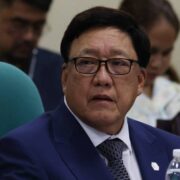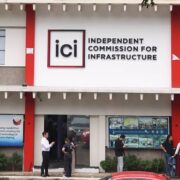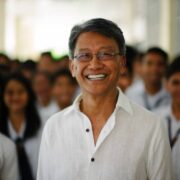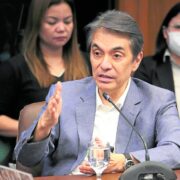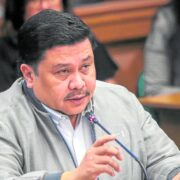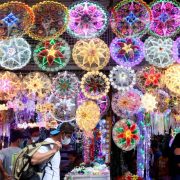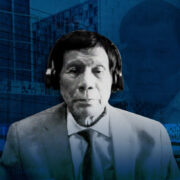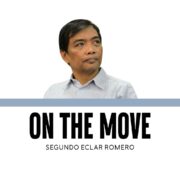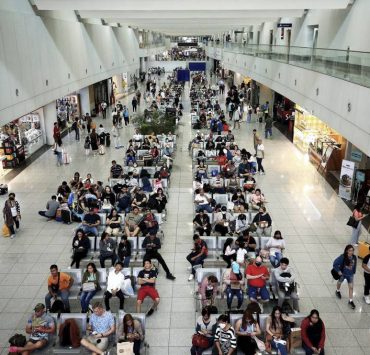Student activism
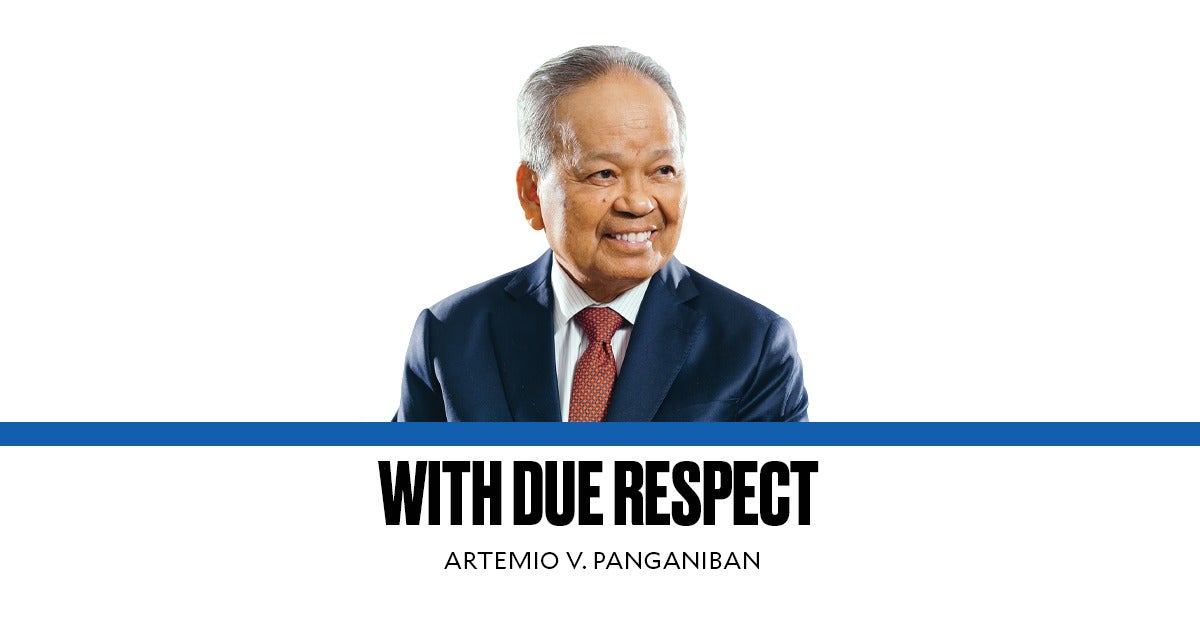
The pro-Palestinian rallies in the United States campuses were ignited by the students of Columbia University in New York City (NYC). Within days, the ferment spread to at least 30 other US universities, and then to those in France, the United Kingdom, Norway, Australia, and other countries. While there had been similar demonstrations in many Arab and Muslim countries, the US students hogged the headlines, broadcasts, and social media that—in my humble opinion—influenced the US’ insistence for Israel to temper its attacks in the civilian enclaves of the Gaza Strip, and for a ceasefire coupled with a release of hostages.
INEVITABLY AND UNFORTUNATELY, THE RANKS OF THE STUDENTS were infiltrated by “outside actors” and resulted, no longer in free speech, but in vandalism and violence. As a consequence, the NYC police, in full force, shields, sticks, and arms, subdued the protestors and hauled them to the precincts. Pity the poor, victimized students of Columbia and other universities who sacrificed their time, meager resources, possible suspension, and even expulsion to express their freedom of expression in solidarity with causes they believed in.
They remind me of my own student days when—as the president of the Far Eastern University Central Student Organization (FEUCSO) and of the National Union of Students of the Philippines (NUSP)—I led the birth of campus activism here. While we, in the private nonsectarian schools, battled to rouse the students in Catholic institutions like Ateneo, La Salle, and especially the “cloistered” colleges of St. Theresa, St. Scholastica, and Maryknoll (now Miriam), the University of the Philippines (UP) Student Council led by Fernando Lagua, the UP “Collegian” led by editor in chief Homobono Adaza, and the UP Student Catholic Action (UPSCA) led by Emmanuel Soriano strived for greater academic freedom and student rights.
Initially, I participated in extracurricular activities because—as an impoverished youth who could not go to school unless granted scholarships and who had to hawk newspapers and textbooks to my classmates for my subsistence—I was enamored by Karl Marx’s cry of “From each according to his ability, and to each according to his needs.” I thought this motto was the solution to poverty and economic equality.
HOWEVER, TWO PEOPLE DISSUADED ME FROM THIS BELIEF. One, Fr. Michael Nolan, the chaplain of FEU and spiritual director of the Manila SCA, taught me (as an unschooled Catholic) simple catechesis and prayers, and challenged me to study the economic reality in Red China and Russia which were the two leading communist states. In short, he proved that while communism may be theoretically attractive, it was not implementable.
Two, Elenita A. Carpio, the editor of the “Scholastican,” whom I met and chatted with as her “accidental” seatmate in a 10-hour train ride from Manila to Naga City where the NUSP was going to hold a student seminar. As an aspiring Benedictine nun, she planned to convert this amateur admirer of Karl Marx into an obedient disciple of our Lord Jesus Christ. That momentous train ride led to more conversations at her family’s home where I regularly visited her.
Eventually and “irresistibly,” I won her heart to the chagrin of the St. Scho nuns who expected her to join them in blessed singlehood. Instead, she agreed to be my wife three years after that fateful train ride. And during those three years, she converted me into a willing soldier of Christ, and a leader of Catholic movements till much later on, I was named by Pope John Paul II to the Pontifical Council for the Laity in the Vatican for the1996-2002 term. (Earlier, Ambassador Henrietta “Tita” de Villa occupied that slot till she joined the diplomatic service in 1996.)
My Leni tenderly opened the clenched fist of this activist to a point that he resisted all temptations and offerings to return to the sociopolitical arena, devoting himself instead—rightly, per my late Leni—to the judiciary, to the private sector, to our family, and to our Lord.
STUDENT ACTIVISM HERE OWES ITS ORIGIN to Wenceslao Q. Vinzons who led students in resisting the Japanese invasion in 1941. However, the peacetime campus activism that we started in the late 1950s bloomed to fruition in early 1970 during the “First Quarter Storm.” The student activists were led by then NUSP president Edgar Jopson of Ateneo, UP Student Council president Jerry Barican, and Kabataang Makabayan’s Jose Ma. Sison and Satur Ocampo. The demonstrations, protests, and marches were aimed against then president Ferdinand Marcos Sr. Though mostly organized by students, the rallies were supported by workers, peasants, and urban poor, from Jan. 26 to March 17, 1970; thus, the name, “First Quarter Storm.”
While present-day student leaders are not (maybe “not yet” is the correct term) heavily involved in the Israel-Hamas confrontation or in the Russia-Ukraine war, not even in the West Philippine Sea tensions, I think they would be—when they realize that, after all, there is no dispute so remote and so misunderstood they would not take a stand on and resume student activism in the Philippines.




